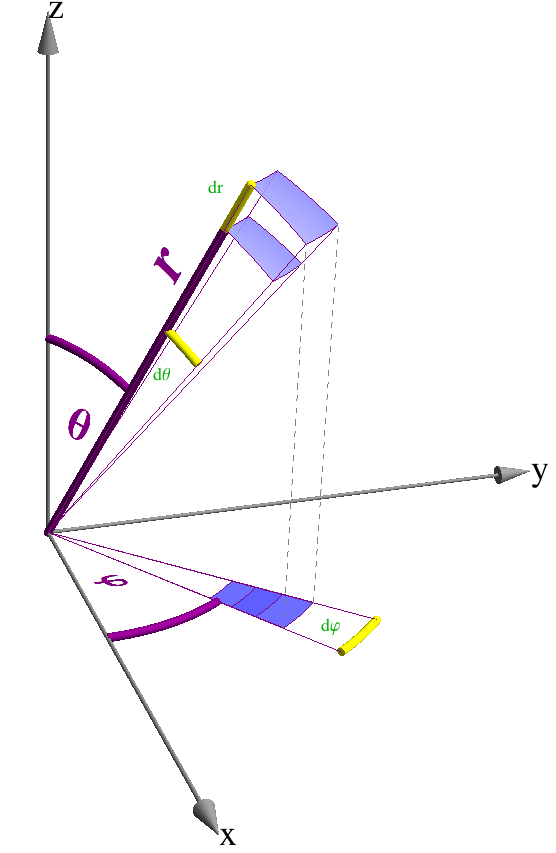

Two matrices are equal if they have the same size and their correspondingĮlements are equal. \rangle \) in jth column contains entries of matrix A in jth row.īefore we can discuss arithmetic operations for matrices, we have to define equalityįor matrices. The term "matrix" in combinatorics was introduced in 1850 by the British mathematician James Joseph Sylvester (1814-1897), who also coined many mathematical terms or used them in "new or unusual ways" mathematically, such as graphs, discriminant, annihilators, canonical forms, minor, nullity, and many others.Ī matrix (plural matrices) is a rectangular array of numbers, functions, or any symbols. References to matrices and systems of equations can be found inĬhinese manuscripts dating back to around 200 B.C. The origin of mathematical matrices has a long history. Matrices are simultaneously a very ancient and a highly relevant mathematical concept.
#PRINT MATHEMATICA HOW TO#
In this section, you will learn how to define matrices with Mathematica as well as some other manipulation tools. A matrix is the next generalization of a vector. Every matrix defines a linear operation in a vector spaceĪnd vise versa, every linear operator ain a finite dimensional spacesĮvery matrix can be considered as an array or vectors whose entries are algebraic entries. All numerical algorithms for solvingĭifferential equations are based on the reduction to algebraic matrix

Wide range of applications includes the numerical solution to a set of Monitor is the most common example of a matrix filled with pixels. Understanding matrices is crucial for almost all applications,Įspecially for computer modeling. Introduction to Linear Algebra with Mathematica Glossary Return to the main page for the second course APMA0340 Return to the main page for the first course APMA0330 Return to Mathematica tutorial for the second course APMA0340 Return to Mathematica tutorial for the first course APMA0330 Return to computing page for the second course APMA0340 Return to computing page for the first course APMA0330 Laplace equation in spherical coordinates.Numerical solutions of Laplace equation.Laplace equation in infinite semi-stripe.



 0 kommentar(er)
0 kommentar(er)
